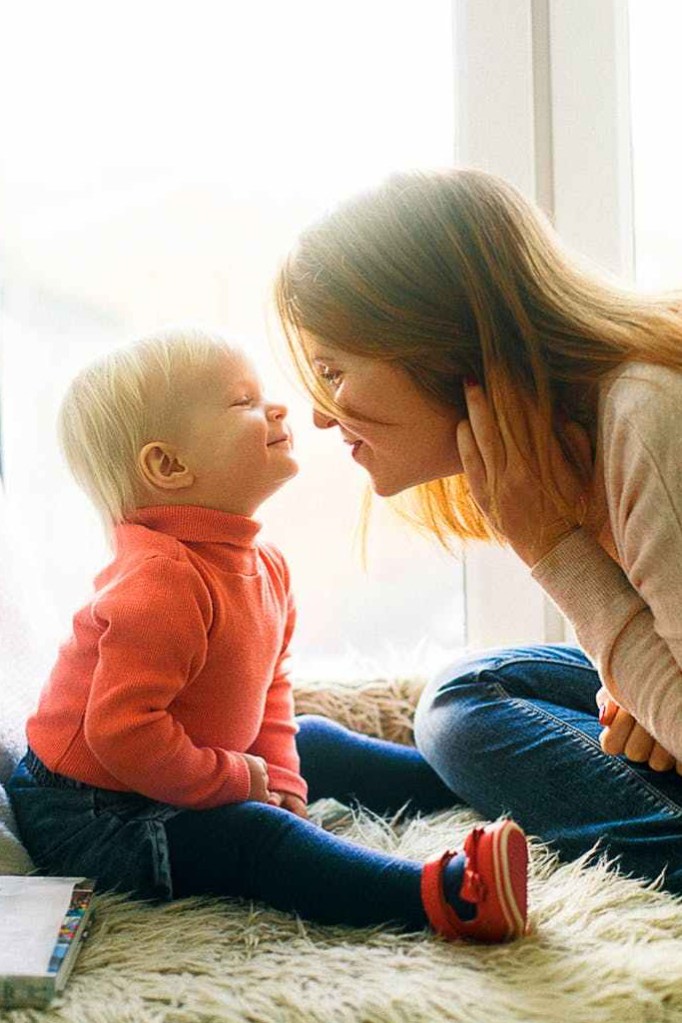Have you ever wondered why some people bounce back from setbacks and challenges more easily than others? Or how some people can create and maintain meaningful friendships for life while others struggle in relationships?
Emotional intelligence or emotional literacy refers to the ability to identify and manage one’s own emotions, as well as to read and respond to the emotions of others. Being able to sense and understand the emotions of others is a big part of a child’s social development and social success. Your child can respond appropriately to others when they can read the emotional cues to get a sense of how other children are responding to their attempts to connect with them. This is key to creating and maintaining friendships and meaningful relationships.
There are different components of emotional intelligence:
- Emotional awareness: the ability to recognise and identify one’s own emotions and moods, and how one’s emotions can affect others.
- Empathy: the ability to understand the emotions or moods of others and the skill to treat people according to their emotional reactions.
- Self-regulation: the ability to manage emotions, to redirect disruptive impulses. Click here for tips on how to help your child develop self-regulation.
- Internal motivation: a strong drive to achieve, an inner drive that goes beyond external rewards such as money or status, being optimistic even in the face of failure.
- Social skills: the ability to manage relationships, build networks and build rapport.
Four Ways to Build Your Kids’ Emotional Intelligence
- Name the feeling or emotion. When your child is young, make a list of feelings or emotions with them. Brainstorm all the feelings you can think of. Until someone has the vocabulary associated with emotions and feelings, they will not be able to explain how they feel or identify how others are feeling. Furthermore, researchers have found that labelling the emotion (e.g. I am angry) deactivates or calms the negative intensity in the brain and can help reduce the physiological manifestation of this emotion.
- Link physical symptoms to the emotion. Help children recognize how different emotions can manifest or present in their bodies. Do your shoulders feel tight when you are stressed? Do you feel “butterflies in the stomach” or a bit queasy when you are anxious? When children notice these physical representations of emotions, they will begin to recognize when they are starting to feel something. They can then find ways to regulate their emotion, as needed.
- Find appropriate ways to manage the emotion. When your child is able to recognize, name and understand the source of a feeling or emotion, the next step is helping them regulate or manage the emotion. Everyone is different. Some may focus on taking a few deep breaths. Some may need to physically release tension (e.g. doing jumping jacks). Others may retreat to a quiet corner with their favourite toy or book. Others may prefer talking it through with you (see #4).
- Relate to your child. Wait for your child to calm down and when they are able to listen, empathise with them. Talk to them about a time you felt the same way and what happened. This will help them to understand their own feelings and show that you understand and care about them.
World Mental Health Day 2020 was a few days ago, on October 10th. The challenges we faced this year were unprecedented in the wake of a global pandemic, but by helping children build emotional literacy, we can help them overcome struggles, build resilience and enjoy meaningful relationships for life.
SOURCE: https://www.psychologytoday.com/intl/basics/emotional-intelligence
https://web.sonoma.edu/users/s/swijtink/teaching/philosophy_101/paper1/goleman.htm


